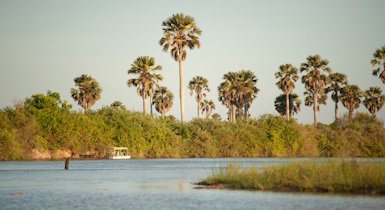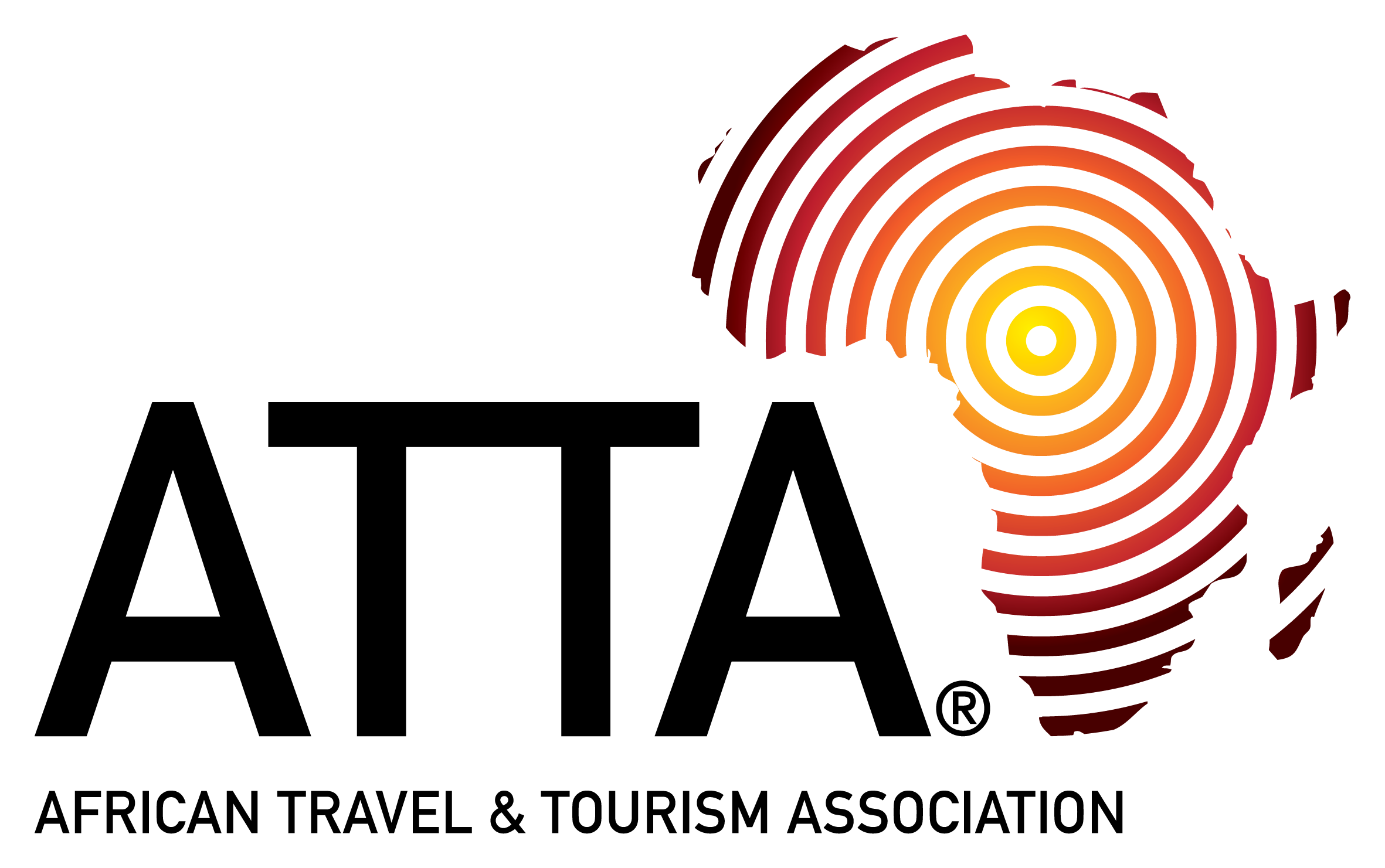As a safari destination, Tanzania is simply unmatched. Northern Tanzania alone protects several of the finest wilderness areas in all of Africa, including the Serengeti, Ngorongoro Crater, Tarangire and Lake Manyara. These parks are all natural wonders in and of themselves, and theatres for some of the best game-viewing to be had on the continent. Together they form a safari circuit unparalleled in its scenic beauty and diversity.
Tanzania's Northern safari circuit attracts the most visitors, but the southern Tanzanian parks and reserves of Selous, Ruaha and Katavi are more exclusive and wild; here you can take part in walking safaris, fly-camping and river safaris, as well as traditional 4x4 game drives. Daily flights connecting Selous and Ruaha mean you can easily combine these two beautiful and very different parks in a single itinerary, ensuring a unique safari.
In the West of Tanzania, on the shores of Lake Tanganyika, are the twin parks of Gombe Stream and Mahale, regions which are best known for primate tracking but which also offer excellent birding opportunities. The stunning Greystoke Mahale Camp is our favourite place to stay in this region, enjoying an idyllic location on a small sandy bay of Lake Tanganyika, backed by palm trees and the forested slopes of the Mahale mountains, where wild chimpanzee roam freely. The addition of twice-weekly flights from Arusha has made this previously difficult-to-reach region much more accessible. For an off-the-beaten path overview of Tanzania, a few days in remote Katavi combines wonderfully with a safari to Mahale.
Tanzania's spectacular natural environment has been well served by successive governments that have taken a broadly positive view of wildlife conservation. Almost 25% of the country's land is conserved within national parks and wildlife reserves - an unprecedented figure even in Africa. Almost equally unprecedented is the fact that all of Tanzania's game parks are unfenced, and surrounded by buffer zones and extensive wildlife management areas that allow the wildlife to roam freely and the ancient migratory routes to remain largely intact. Most famous of these is of course that which connects the Serengeti plateau and the Ngorongoro Highlands with the Masai Mara in neighbouring Kenya. Here, between December and July, spectacular columns of wildebeest and zebra begin their migration from the south to the permanent waters in the north, in what is one of the continent's defining wilderness spectacles.
A Tanzania safari, whether to the north or south, can be combined with a beach break on Zanzibar, Pemba or Mafia Islands. Those looking to begin or end their Tanzania safari with a beach break should also consider Tanzania's mainland coast, which boasts a number of attractive beaches and resorts that see fewer visitors than those on Zanzibar.
Gane and Marshall can provide a Tanzania safari to suit every budget. Tanzania has a huge range of properties to choose from, ranging from luxury lodges to upmarket semi-mobile camps that move seasonally with the wildlife. One of our favourite safari experiences is a light mobile safari, allowing you and your driver-guide to head off for some great wildlife experiences in the bush, carrying your camping gear on the safari vehicle – it's comparatively easy on the budget, and great for getting to know Tanzania in detail!
For trekkers, there is of course the highest free-standing mountain in the world – Kilimanjaro. Speak to Jeremy Gane, who has climbed the mountain over 25 times and who can offer advice on every aspect of your climb. Jeremy was project manager and guide for the Elton John Foundation Aids Day climb in 2003 and in March 2009 led the Comic Relief Red Nose Day climb, in which Cheryl Cole, Gary Barlow, Ronan Keating and several other prominent British celebrities took part. In addition to Kilimanjaro, there are several other peaks and trekking peaks in Tanzania to consider. A combination of Meru and Kilimanjaro is very rewarding, as Meru offers good acclimatisation for Kilimanjaro while being a challenging and beautiful mountain in its own right. Elsewhere, the Ngorongoro Highlands and the Great Rift Valley offer volcanic peaks and spectacular scenery.
At Gane and Marshall, we have been planning safari and trekking holidays to Tanzania since 1991. With our three decades of experience, we can help you plan an itinerary that makes the most of your budget and allows you to take in the very best that Tanzania has to offer. We know how to plan your Tanzania safari away from the crowds but close to the wildlife. Contact us today to discuss your Tanzania travel plans.
TANZANIA AT A GLANCE
In the north of Tanzania, the dry seasons are June to October and December to March. The long rains come between April and May and the short rains begin in November.
Tanzania's southern parks are best visited between June and March.
Tanzania's western parks have some rain November to June.
Kilimanjaro is best climbed June-October and mid-December to early March, but mountain weather is unpredictable.













